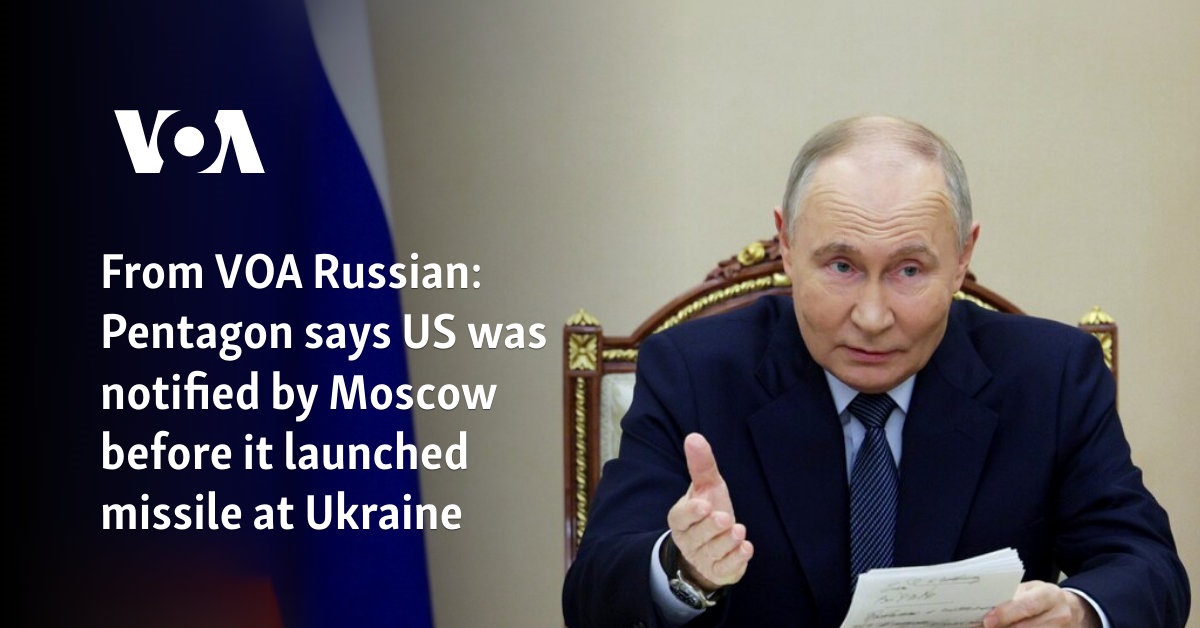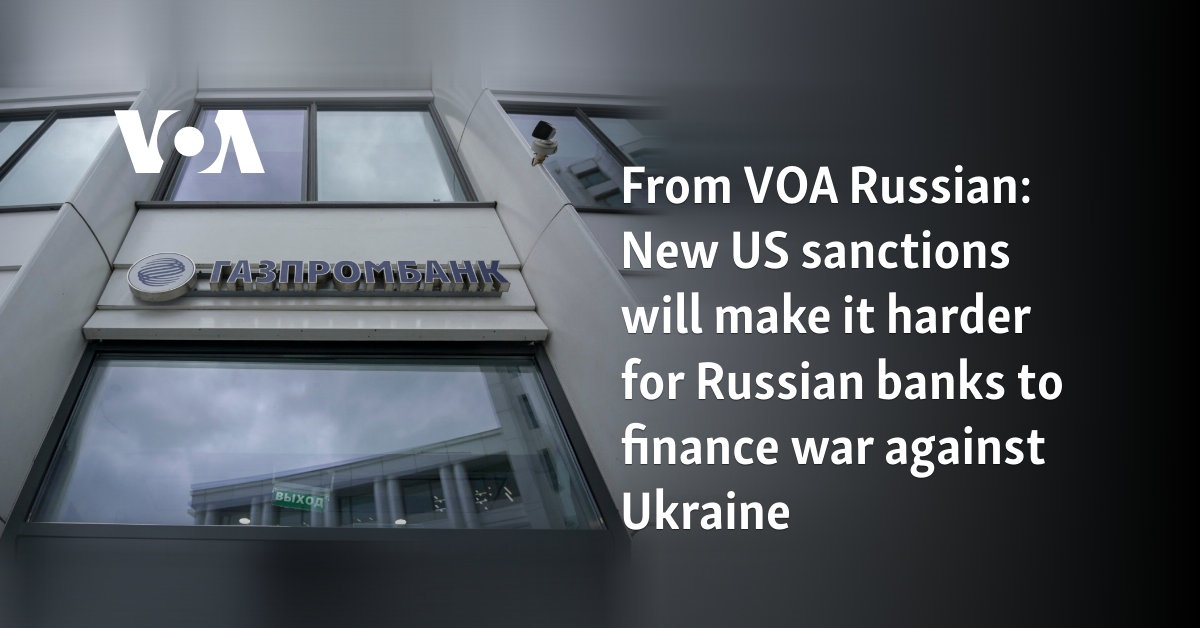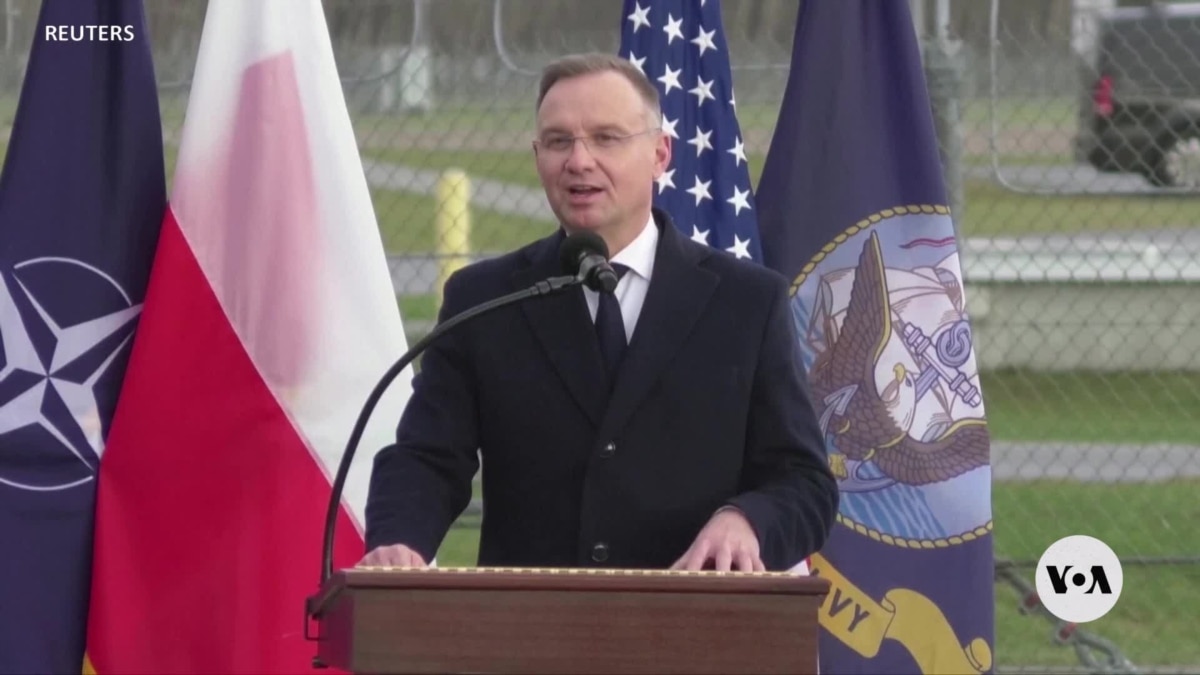washington —
Menacing incidents aimed at two female journalists in Europe within one week underscore the threatening environment for media, say analysts.
In the first incident, in North Macedonia, journalist Miroslava Simonovska received threats online from a fake Facebook profile bearing her name and image.
The threats included messages that read “We are following you” and “We are taking pictures of you,” according to the Coalition for Women in Journalism, or CFWIJ.
The second incident was more violent. Montenegrin journalist Ana Raickovic was physically attacked by a local businessman.
Raickovic, editor of the crime section for the daily newspaper Pobjeda, was threatened outside a restaurant and then verbally and physically assaulted. She suffered injuries to her neck, head and arms. Her son and fiance were also attacked.
Physical attacks against female journalists have increased in recent years, according to the director and founder of the CFWIJ, Kiran Nazish.
“Women journalists used to get targeted with verbal threats, which was obviously always concerning,” Nazish told VOA in a call. “But a lack of accountability and impunity is what allows people to go a step further.”
Three people have been arrested in connection with the Raickovic assault, which the Montenegrin prime minister condemned on social media.
In the case in Macedonia, the online threats came after secretly recorded footage that appeared to show Simonovska receiving documents circulated on national television, according to the CFWIJ. The incident was an abuse of power and an invasion of the journalist's privacy, analysts say.
Internet-based attacks have become increasingly popular “among those who want to silence the press,” Nazish said.
Three in four female journalists globally have experienced online harassment, according to a joint 2022 study on violence against women journalists.
“This is not just virtual; it's not just online,” said Julie Posetti, of the International Center for Journalists, who was a lead editor on the joint report with ICFJ and UNESCO. “Through our research, we've established there's a trajectory from online to offline attacks.”
Family attacks are not uncommon either; the survey found that 13% of women respondents experienced threats against their families, including their children.
“They are targeted because they are women,” Posetti told VOA by phone. Female journalists often experience highly sexualized abuse, which is tied to their gender identity, she said.
In her research, Posetti examined the disproportionate abuse women received compared with that experienced by their colleagues.
She found that when sharing bylines with men, women journalists often experience immense harassment while their male colleagues, who reported on the same subject, do not suffer any backlash.
“That anecdote really does reinforce what we already knew, which is that women journalists are much more likely to be targeted,” Posetti told VOA. “The reason for that is that they are dealing not just with the kinds of attacks associated often with disinformation campaigns … but because they are women. That, in and of itself, exposes them to more risk online.”
Threats against female journalists have been effective, Posetti told VOA. Because of these increased threats, Posetti has seen women begin to withdraw from journalism.
The real harm in that, she said, is that women’s stories are less likely to be told.
“Everywhere where women withdraw from journalism, women’s stories are less represented,” Posetti said. “With women being pushed out and bullied out of the profession, we risk further entrenching inequalities and suppressing those voices which are really vital to hear in an open society.”
The two cases in Europe happened in countries with relatively strong records for media freedom.
Montenegro ranks 40th out of 180 on the Press Freedom Index, where 1 represents the best environment. This position is good among West Balkan countries, according to Pavol Szalai of Reporters Without Borders, which compiles the annual index. However, the recent attack shows “how fragile this process is,” he said via email.
North Macedonia ranks 36th out of 180 on the same index.
Milena Durdic of VOA’s Serbian Service contributed to this report.

 By Voice of America (Europe) | Created at 2024-11-23 00:56:26 | Updated at 2024-11-23 04:50:46
4 hours ago
By Voice of America (Europe) | Created at 2024-11-23 00:56:26 | Updated at 2024-11-23 04:50:46
4 hours ago








